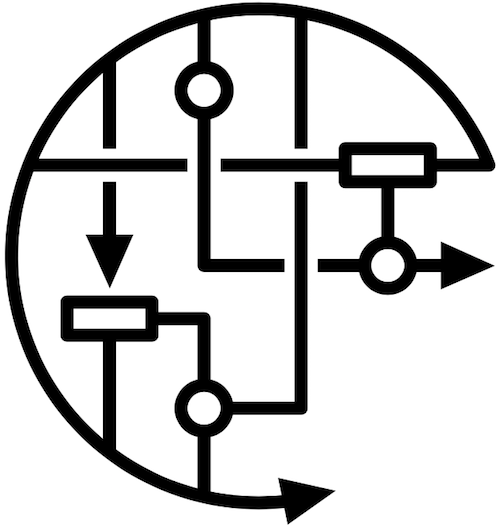Abstract
References
Articles referenced by this article (435)
Title not supplied
1980
Title not supplied
quart rev biol 1984
Title not supplied
life chem 1987
Title not supplied
1987
Molecular mechanism of regulation of siderophore-mediated iron assimilation.
Microbiol Rev, (4):509-518 1987
MED: 2963952
Title not supplied
1991
Title not supplied
1987
Uptake of iron from transferrin by isolated rat hepatocytes. A redox-mediated plasma membrane process?
J Biol Chem, (18):8844-8850 1988
MED: 3379048
Title not supplied
sem hematol 1982
Title not supplied
biochem biophys acta 1986
Show 10 more references (10 of 435)
Citations & impact
Impact metrics
Citations of article over time
Alternative metrics
Smart citations by scite.ai
Explore citation contexts and check if this article has been
supported or disputed.
https://scite.ai/reports/10.1016/0005-2728(96)00022-9
Article citations
Gallium Uncouples Iron Metabolism to Enhance Glioblastoma Radiosensitivity.
Int J Mol Sci, 25(18):10047, 18 Sep 2024
Cited by: 0 articles | PMID: 39337531 | PMCID: PMC11432413
Self-assembling nanoparticle engineered from the ferritinophagy complex as a rabies virus vaccine candidate.
Nat Commun, 15(1):8601, 04 Oct 2024
Cited by: 0 articles | PMID: 39366932 | PMCID: PMC11452399
Characterization and Hemocompatibility of α, β, and γ Cyclodextrin-Modified Magnetic Nano-Adsorbents.
Int J Mol Sci, 25(19):10710, 04 Oct 2024
Cited by: 0 articles | PMID: 39409039 | PMCID: PMC11476827
Tyrosinase-Mediated Conjugation for Antigen Display on Ferritin Nanoparticles.
Bioconjug Chem, 27 Sep 2024
Cited by: 0 articles | PMID: 39332819 | PMCID: PMC11487507
Silibinin attenuates ferroptosis in acute kidney injury by targeting FTH1.
Redox Biol, 77:103360, 20 Sep 2024
Cited by: 0 articles | PMID: 39326069 | PMCID: PMC11462067
Go to all (1,244) article citations
Data
Similar Articles
To arrive at the top five similar articles we use a word-weighted algorithm to compare words from the Title and Abstract of each citation.
The ferritin family of iron storage proteins.
Adv Enzymol Relat Areas Mol Biol, 63:421-449, 01 Jan 1990
Cited by: 69 articles | PMID: 2407067
Review
Solving Biology's Iron Chemistry Problem with Ferritin Protein Nanocages.
Acc Chem Res, 49(5):784-791, 02 May 2016
Cited by: 33 articles | PMID: 27136423
Translational regulation of ferritin synthesis by iron.
Enzyme, 44(1-4):42-58, 01 Jan 1990
Cited by: 24 articles | PMID: 2133657
Review
Iron storage in bacteria.
Adv Microb Physiol, 40:281-351, 01 Jan 1998
Cited by: 169 articles | PMID: 9889981
Review





